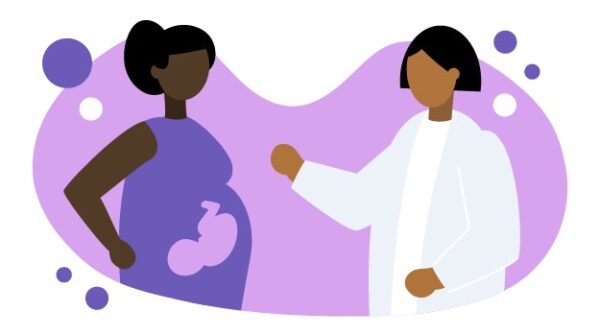Automated prescription dispensing systems, commonly referred to as health kiosks, are self-service devices made to make it easier to dispense drugs. Without the assistance of a human, these health ATM kiosks offer patients a quick and easy way to get their prescribed drugs. Although different kiosk models may have different technical mechanics, the procedure involves several steps.
- Patient authentication
Health kiosks use a variety of patient authentication techniques to guarantee the security and precision of drug distribution. This can entail scanning a special code, such as a barcode or QR code, found on a prescription label or identification card. To confirm the patient’s identification, some kiosks additionally use biometric authentication, such as fingerprint scanning.
- Prescription Verification
After the patient has been verified, the health atm connects to an electronic health record system or central database to check the prescription information. It examines the prescribed medication, the dosage, and any additional instructions or cautions related to the drug. This process ensures that the right drug is administered and helps to prevent errors.
- Medication Selection
The kiosk’s internal system selects the necessary medication from its inventory after verifying the prescription. The majority of health kiosks have secure compartments that hold a large variety of pharmaceuticals in different dosage forms, like tablets, capsules, or liquids. Automatic technology is used by the machine to browse the inventory and choose the proper medication.
- Packaging and Labeling
The health atm administers the prescribed amount of the drug into a container after the user has made their selection. Depending on how the kiosk is built, the container might be a blister pack or a branded pharmaceutical bottle. The kiosk then applies a label with important details such as the patient’s name, dose guidelines, the date of expiration, and any necessary warnings or precautions.
- Patient Instructions
Health kiosks frequently offer additional patient instructions to ensure safe pharmaceutical use. These directions may be printed separately or shown on the kiosk’s screen. Typically, the instructions include information on how and when to take the prescription, possible adverse effects, and any special storage needs.
- Counseling and Support
Some cutting-edge health atm kiosks have features that provide patients with additional support. They might have video conferencing features, for instance, that let consumers communicate with a pharmacist or other healthcare provider from a distance for guidance or clarification of questions relating to medicine. This feature improves patient education and makes sure that medications are taken as prescribed.
- Dispense medicines
The medication is delivered to the patient through a specific outlet after being correctly packaged and labeled. By adhering to the kiosk’s instructions, the patient can retrieve the medication. The medication may be given immediately into the patient’s hand or may be put in a retrieval area for later pickup, depending on the kiosk’s design.
Conclusion
health atm kiosks streamline the process and give patients a simple and secure way to get their prescribed medications. These kiosks improve efficiency, accuracy, and patient safety by utilizing technology and interacting with healthcare systems, which eventually enhances the entire medication management process.




